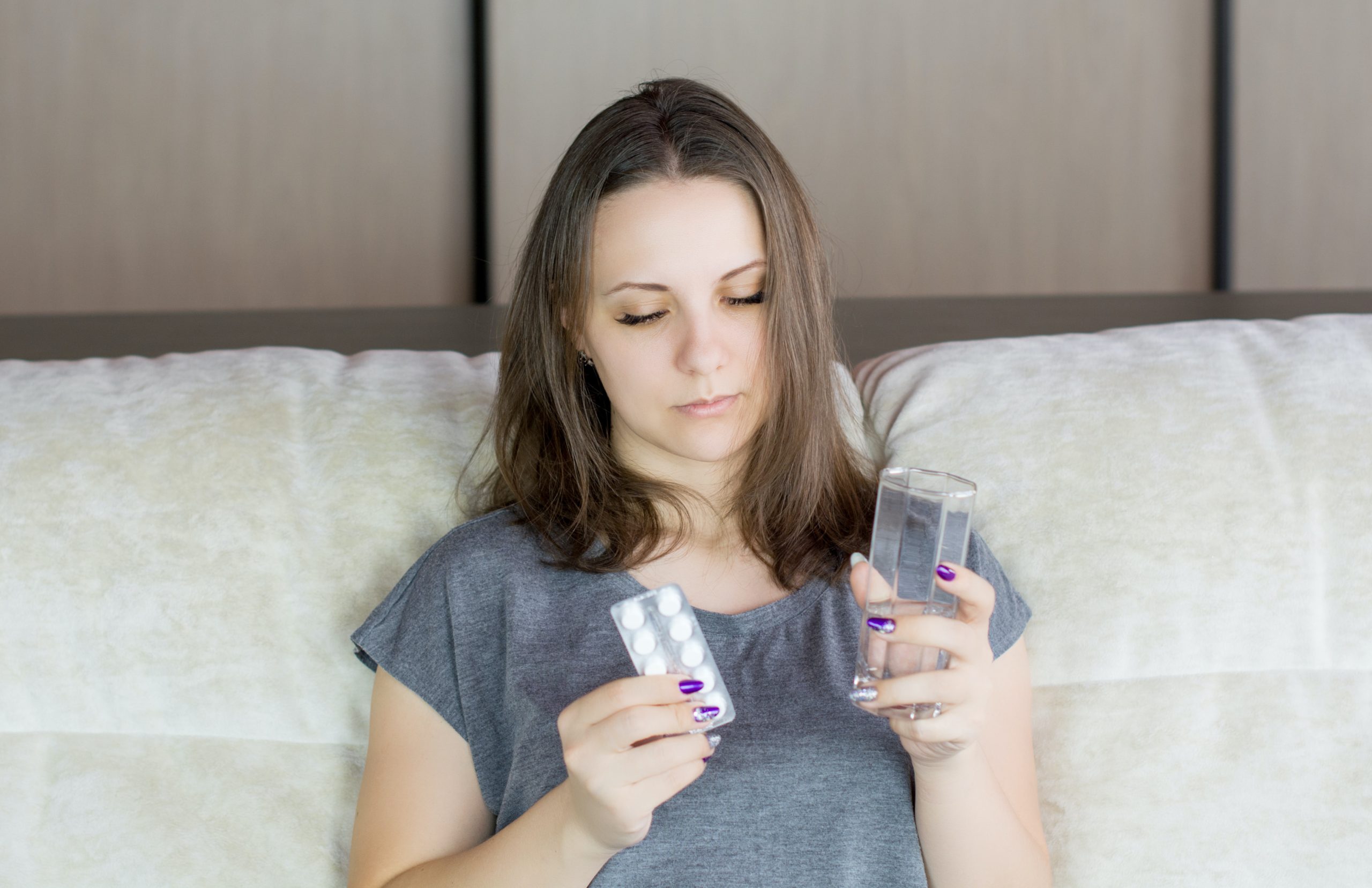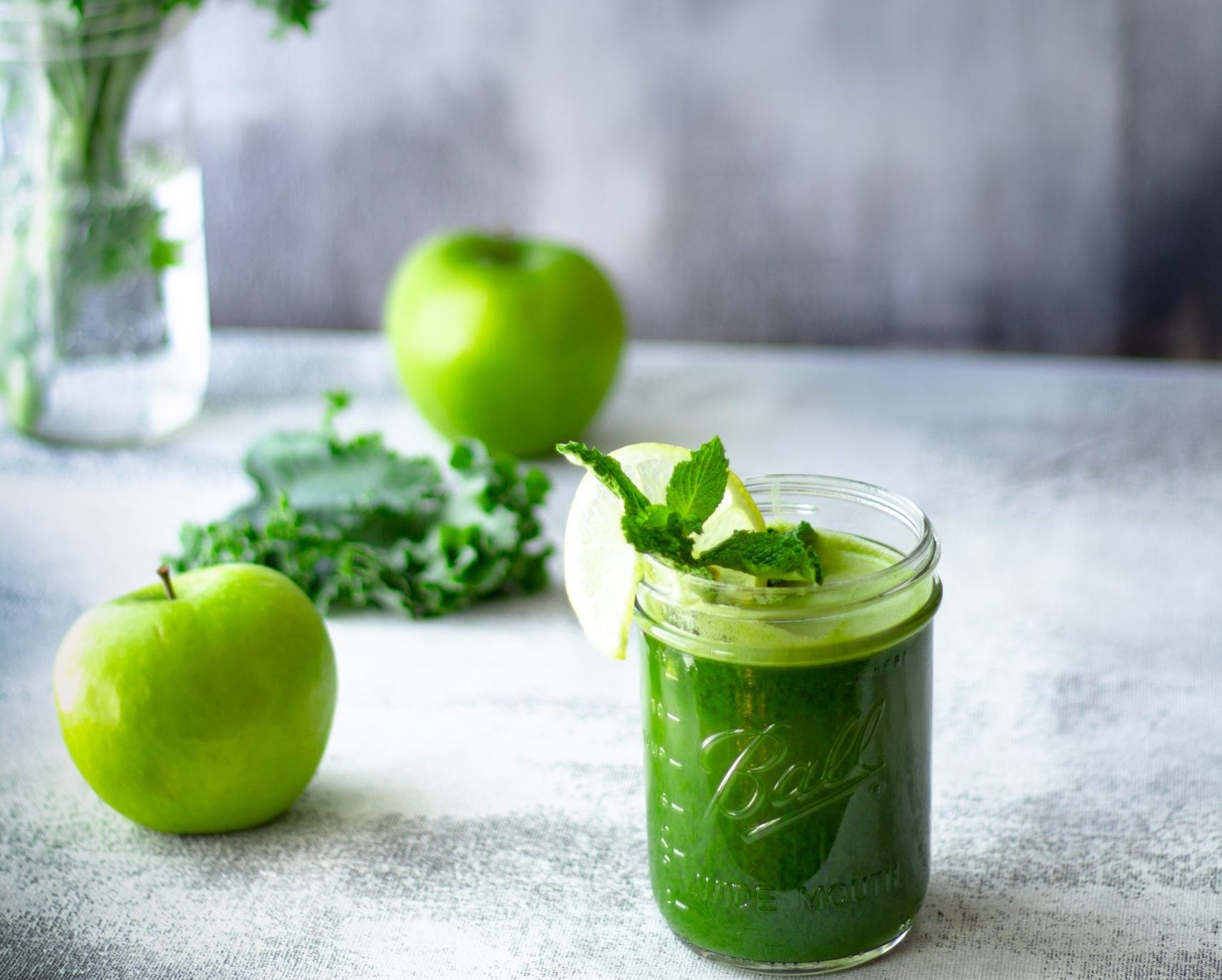Are you suffering from low moods, anxiety and brain fog during the second half of your cycle? Histamine could be to blame.
When you think about histamine, the first thing that likely comes to mind is allergies. But as a neurotransmitter, it can influence almost every system in the body – including your hormones and moods.
Let’s take a closer look at the link between brain fog, anxiety and histamine.
What is histamine?
Histamine is a chemical produced in the body. Most people associate it with the allergic response, but there is much more to histamine. It also defends against foreign germs, helps with the process of inflammation and acts as a neurotransmitter (brain chemical).
Production of histamine occurs in mast cells. These cells modulate the immune system by inducing the natural health response. For example, if you get bitten by a mosquito, it is your mast cells that cause it to become red and inflamed.
However, when these cells are constantly stimulated, it can cause them to overreact and produce high levels of histamine. This can lead to a ripple effect throughout the body’s systems.
Mast cells are found in connective tissue throughout the skin, airways, gastrointestinal tract and urinary tract.
What are the symptoms of high histamine levels?
There are many symptoms that may be due to excess histamine. The physical symptoms include:
- Skin related symptoms such as redness, warmth, swelling, hives and itching
- Lung related symptoms such as wheezing, shortness of breath and harsh noise when breathing (stridor) that occurs with throat swelling
- Heart related symptoms such as a rapid pulse, low blood pressure and fainting
- Gut symptoms such as diarrhoea, nausea with vomiting and crampy abdominal pain
- Urinary tract symptoms such as UTI-like symptoms and urgency
Elevated levels can also lead to mental and mood-related symptoms including:
- Anxiety
- Depression
- Brain fog
- Memory issues
- Insomnia
- Fatigue
- Racing thoughts
Sometimes these symptoms only occur intermittently. This is due to the relationship between histamine levels and hormones.
But I don’t have any allergies – can it still be a problem for me?
The allergic response is only one piece of the histamine puzzle. Many women may not have diagnosed allergies, but they do have symptoms that flare up mid-cycle. Elevated levels are common in women who experience PMS and PMDD symptoms.
If you’ve ever experienced relief from PMS symptoms when you’ve taken an anti-histamine, this is a huge clue that your levels are too high.
The connection between hormones and histamine
So how can histamine influence our hormones and our cycle? It comes down to two key hormones – oestrogen and progesterone.
Oestrogen can induce mast cell degranulation. This is where compounds are released from the cells, leading to symptoms. On the other hand, progesterone can inhibit degranulation and the release of histamine.
The relationship can work both ways. Histamine can stimulate to ovaries to produce more oestrogen, leading to a vicious cycle of symptoms.
Some of the hormonal situations where histamine intolerance can occur are:
- Mid-cycle, due to the onset of the luteal phase
- Women with oestrogen dominance
- Women with low progesterone levels
- Menopause – although oestrogen is low, it may still be high comparatively
- Pregnancy
- Any of the above in combination with autoimmune disease
In an ideal cycle, our bodies would naturally suppress histamine production mid-cycle as progesterone rises. But for women with high oestrogen and/or low progesterone, this can be thrown off balance.
As a result, they experience a combination of symptoms, particularly during the luteal phase. For example, you might get symptoms of PMS along with allergies or sensitivity to pollen.
How to manage the effects of histamine on your cycle
Do you suspect that histamine is to blame for your hormonal symptoms? There are some simple steps you can take to reduce your levels and alleviate your symptoms naturally.
Reduce histamine-rich foods during the second half of your cycle
A simple way to reduce your histamine is to avoid foods that are naturally rich in histamine.
Unfortunately, there are several healthy foods that contain higher levels of histamine. That’s why I recommend avoiding them for the second half of your cycle. That way, you can still reap the benefits of the healthier options for two weeks of your cycle!
High histamine foods include:
- Alcohol
- Pickled and fermented foods such as sauerkraut
- Matured cheese such as parmesan
- Smoked meat products such as salami and ham
- Shellfish
- Beans and pulses such as chickpeas, soybeans and peanuts
- Nuts such as walnuts and cashew nuts
- Chocolates and other cocoa-based products
- Most citric fruits
- Wheat-based products
- Vinegar
- Ready meals
- Salty snacks
- Sweets with preservatives and artificial colourings
This approach is not for everyone. But you could start by trying it for 1-2 cycles and track your symptoms to see if you get any relief.
Be aware of environmental triggers
Environmental factors can also set off our mast cells. So you’ll want to be careful of these during the second half of your cycle.
- Oestrogens in the environment – these can be found in our everyday life and products, including plastics and personal care products
- Chemicals – some chemicals can set off a reaction, including pesticides, herbicides, dyes and even some medications
- Perfumes – artificial scents in perfume and fragranced products can be a trigger
Consider supplements
There are several supplements that you might like to consider.
- Vitamin C – this can help to break down excess histamine. However, some people have issues with taking vitamin C, so make sure you listen to your body!
- N-acetyl cysteine – this can also help with breaking down histamine. However, you don’t want to take NAC long-term – it is best taken for a few months at a time.
- Quercetin
- Probiotics – if your histamine levels are high, you need to be careful with choosing probiotics, as some can increase levels. I often recommend L rhamnosus or L plantarum, as they break it down.
Other options for reducing your levels include vitamin B12, SAM-e, activated sprouts such as mung beans and extra virgin olive oil.
Everyone is different, so the right supplements for you might vary. When it doubt, work with an experienced practitioner.
Are you ready to get your moods and hormones under control once and for all?
Make sure you sign up for my FREE Masterclass:
How to overcome dreaded monthly mood swings
3 strategies for a peaceful and calm menstrual cycle.
To sign up, register your details here.





Your article is exactly what I’m experiencing, I’m on hrt for the menopause and during taking progesterone I have anxiety and panic, if I take antihistamines I feel better.